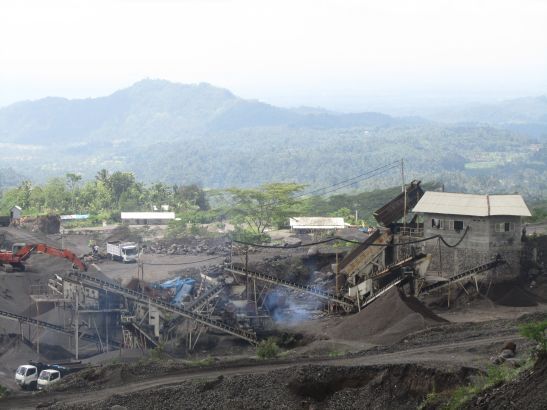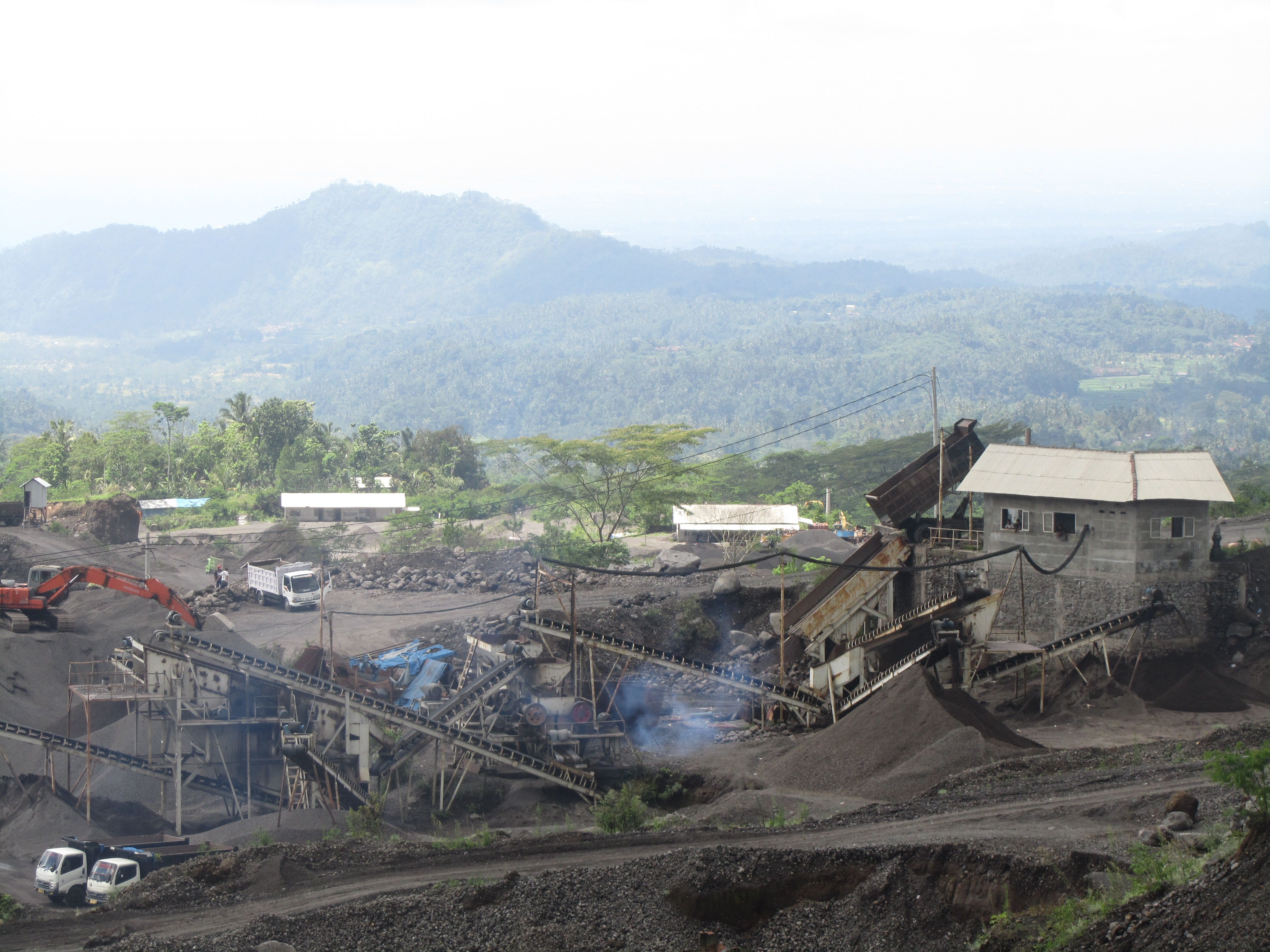Objective:
You will be able to analyze how an author structures and supports a story about disappearing sand reserves in order to create visual campaigns that use the strongest details from the story to increase awareness about sand depletion.
Warm-up:
On a separate sheet of paper, write down your responses to the following:
- What are the most valuable resources of the 21st century? Make a list of 5-10 resources.
- Many now consider sand to be one of the most valuable resources being used today. Why do you think that is?
- What is sand used to make? What in your classroom right now might be made up sand? Make a list.
- Click here to see how Rogers Group, a company that processes sand for manufacturing, is seeing its sand used. You might be surprised at some of the things we use everyday that are made of sand!
- Where do we get our sand? Who is responsible for getting it?
- On a scale from one to 10 (1-not possible, 10-definitely possible), how possible do you think it is for the world to run out of its sand resources?
Introducing the Lesson:
Today’s lesson analyzes the project The Deadly Global War for Sand by journalist Vince Beiser. Make some predictions. Write your responses to the following questions:
- What do you think this project will be about?
- Why do you think that Beiser chose this title for his project?
- What do you think might be Beiser’s purpose for reporting this project?
Introducing the Resource: “The World’s Disappearing Sand”
Read the article attached and answer the accompanying questions. As your read, consider the following:
- What is the main idea of the article?
- What details are sticking out to you the most? Where are those details within the larger article?
Discussion:
Prepare for a discussion that addresses the following questions:
- What is causing a depletion of sand reserves around the world?
- How does the author use language to express the urgency of the problem?
- What details stuck out most to you from the article?
- Why do you think the author started the piece with Alejandro Gonzalez-Davidson? What is the impact of starting with Gonzalez-Davidson’s story?
- Would you be willing to protest the mining of sand? Why or why not?
- Discuss the following quotation from the article:
“Hardly anyone thinks about sand, where it comes from or what we do to get it. But a world of seven billion people, more and more of whom want apartments to live in and offices to work in and malls to shop in, can’t afford that luxury anymore.”
Extension Activities:
1. Listen to the radio broadcast attached and write a short essay comparing how Beiser emphases similar/different details in the radio interview and the article for The New York Times.
2. Create a resource that can be used to inform members of your community about the uses of sand, and the impacts of depleted sand reserves. Your resource should highlight details that stood out to your from Beiser’s piece, but should also be designed to resonate with your community. Write a short reflection to accompany your resource that explains how you chose the details and design for your resource.
The following lesson plan asks students to analyze how an author structures and supports a story about disappearing sand reserves in order to create visual campaigns that use the strongest details from an article to increase awareness about sand depletion.
CCSS.ELA-LITERACY.RI.8.2
Determine a central idea of a text and analyze its development over the course of the text, including its relationship to supporting ideas; provide an objective summary of the text.



